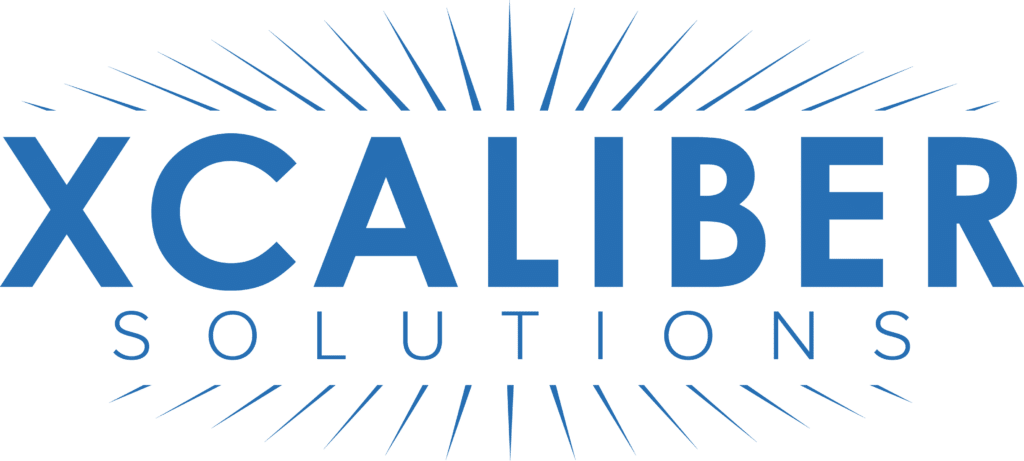The Hidden Costs of Chargebacks: How They Impact Your Bottom Line

For many merchants, chargebacks may appear to be nothing more than a reversed transaction—a customer disputes a charge, the funds are deducted from your account, and that’s it. However, the true costs of chargebacks go far beyond the immediate loss of the sale. Chargebacks have a ripple effect that can damage your business in ways that are less visible but far more damaging to your bottom line in the long term.
In this post, we’ll explore the hidden costs of chargebacks, including the financial impact of chargeback fees, increased processing rates, lost sales, and reputational damage. We’ll also discuss strategies to minimize these costs and keep chargebacks from eroding your profitability.
What Exactly is a Chargeback?
Before discussing the hidden costs, let’s briefly review what a chargeback is. A chargeback occurs when a customer disputes a transaction with their credit card company, forcing the merchant to return the funds. The credit card company investigates the claim, and if the dispute is found valid, the merchant loses the sale and, in most cases, incurs additional fees.
While chargebacks are designed to protect consumers from fraud or unauthorized transactions, they can also be initiated for a variety of other reasons, such as:
- Product not received: The customer claims they did not receive the product or service they paid for.
- Fraudulent transactions: The customer asserts that the transaction was made without their authorization.
- Quality disputes: The customer argues that the product or service did not meet their expectations or was misrepresented.
- Technical errors: There was a processing error that led to duplicate billing or incorrect amounts charged.
Whatever the reason, chargebacks create more than just a short-term financial headache for merchants.
The Hidden Costs of Chargebacks
While it’s easy to see the immediate impact of a chargeback on your finances—lost revenue and product—several hidden costs can sneak up on merchants over time.
1. Chargeback Fees
Whenever a chargeback is filed, it’s not just the lost transaction that you need to worry about. Payment processors typically impose a fee for every chargeback that occurs. These fees can range anywhere from $20 to $100 or more, depending on the terms of your merchant agreement and the payment processor you use.
For businesses already operating on thin margins, these chargeback fees add up quickly and can significantly erode your profitability. Worse still, if your chargeback ratio (the percentage of chargebacks relative to your overall transactions) becomes too high, you could face even higher fees or penalties from your payment processor.
2. Increased Processing Rates
As a result of frequent chargebacks, your business could be seen as “high-risk” by payment processors. This change in status doesn’t just lead to higher fees for chargebacks—it can also mean that your overall credit card processing rates increase.
Payment processors view businesses with high chargeback rates as greater risks, and they offset that risk by charging higher processing rates. For every transaction, you’ll pay more in fees, which can directly impact your profit margins over time.
3. Lost Revenue from Reversed Sales
Beyond the immediate costs of the chargeback itself, there’s also the issue of lost revenue. Once a chargeback is initiated and approved, you not only lose the sale but also the product or service that was provided. In many cases, especially with digital products or services, the merchant may not be able to recover the cost of delivering the product.
Additionally, if the chargeback stems from fraud, friendly fraud (when the customer falsely claims a legitimate transaction is unauthorized), or a quality dispute, the merchant may also lose future business from that customer.
4. Reputational Damage
Chargebacks can also hurt your business’s reputation. Frequent chargebacks may indicate issues with product quality, fulfillment, or customer service, which can lead to poor customer reviews and a tarnished reputation.
In some cases, this reputational damage can extend to your relationship with payment processors and banks. If your chargeback ratio becomes too high, your payment processor may decide to terminate your merchant account altogether, making it difficult for you to process credit card transactions moving forward.
5. Potential for Merchant Account Termination
One of the most damaging consequences of too many chargebacks is the risk of having your merchant account terminated by your payment processor. Most processors have strict chargeback thresholds that, when exceeded, trigger penalties or account suspension.
If your chargeback ratio exceeds 1% of your total transactions, your account may be flagged as high-risk. In extreme cases, processors may refuse to work with you, forcing you to seek out high-risk payment processors, which typically charge significantly higher rates and fees.
Strategies for Minimizing Hidden Costs of Chargebacks
While chargebacks can’t be eliminated, there are several strategies that can help merchants reduce their frequency and minimize their financial impact:
1. Improve Product Descriptions and Communication
One of the most common reasons for chargebacks is that customers feel they didn’t receive what they expected. By providing clear and accurate product descriptions, including photos, videos, and detailed information about what customers can expect, you can help set realistic expectations and reduce misunderstandings that could lead to disputes.
Clear communication during the transaction process—including email confirmations, delivery tracking, and follow-up support—can also help prevent chargebacks.
2. Offer Excellent Customer Support
Offering customers an easy way to resolve their issues directly with you could avoid a significant number of chargebacks. Make sure your return and refund policies are clearly stated and easy to understand. Additionally, ensure that your customer support team is responsive and willing to resolve disputes without escalating to the chargeback process.
3. Monitor Transactions for Fraud
Implementing fraud detection tools and monitoring transactions for suspicious activity can help you fight against the hidden costs of chargebacks. Many chargebacks stem from stolen credit cards or unauthorized transactions, so using tools that detect fraud patterns can significantly reduce your chargeback risk.
How Chargeback Management Software Can Help
Investing in chargeback management software can be a game-changer for businesses dealing with frequent chargebacks. These platforms provide a streamlined process for disputing chargebacks, collecting evidence, and reducing the overall chargeback ratio.
Three Key Ways Automation is Better:
- Faster Response Times: Chargeback management software automates the evidence collection and submission process, ensuring that disputes are handled quickly. This speed increases the likelihood of a successful resolution in your favor.
- Comprehensive Tracking and Reporting: Automated tools provide real-time data on your chargeback ratio, chargeback trends, and risk factors. This information helps you stay proactive and make informed decisions to reduce future chargebacks.
- Better Dispute Success Rates: With automated software, you can generate more accurate and complete evidence packets, improving the chances of successfully disputing a chargeback. The more effective your dispute process, the less money you lose to chargebacks.
Protect Your Bottom Line from the Hidden Costs of Chargebacks
The hidden costs of chargebacks can significantly impact your bottom line if left unchecked. From lost revenue and increased fees to reputational damage and higher processing rates, the consequences of chargebacks go far beyond just a reversed transaction. By implementing preventative strategies and investing in chargeback management software, you can protect your business from the financial burden of chargebacks and maintain healthy profitability.
Chargebacks may be part of doing business, but with the right tools and practices in place, you can reduce their frequency, mitigate their impact, and safeguard your revenue.

